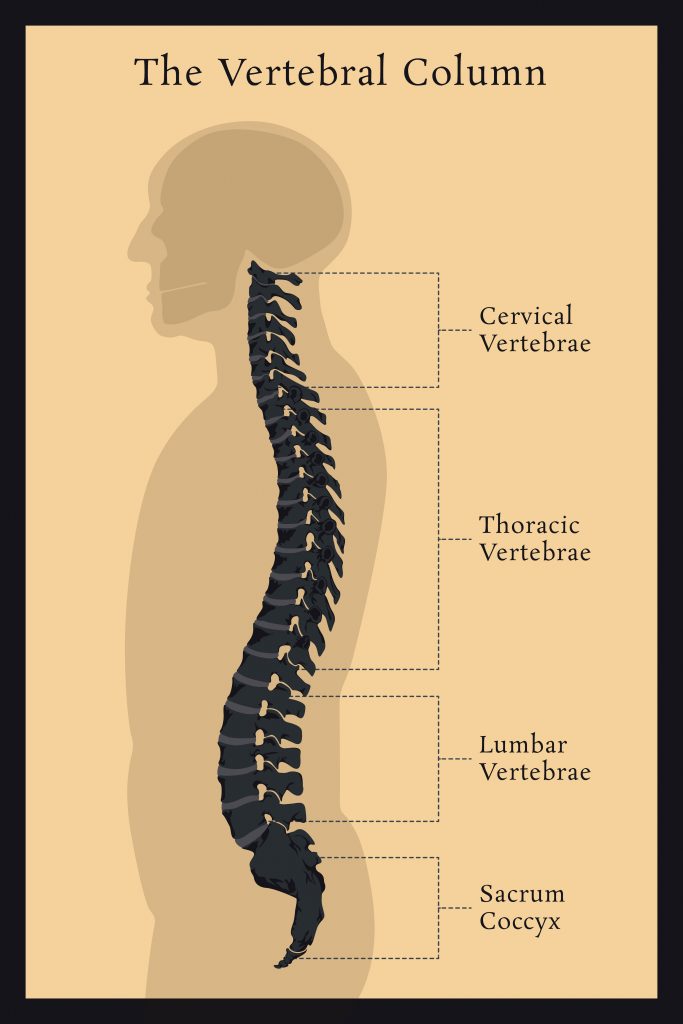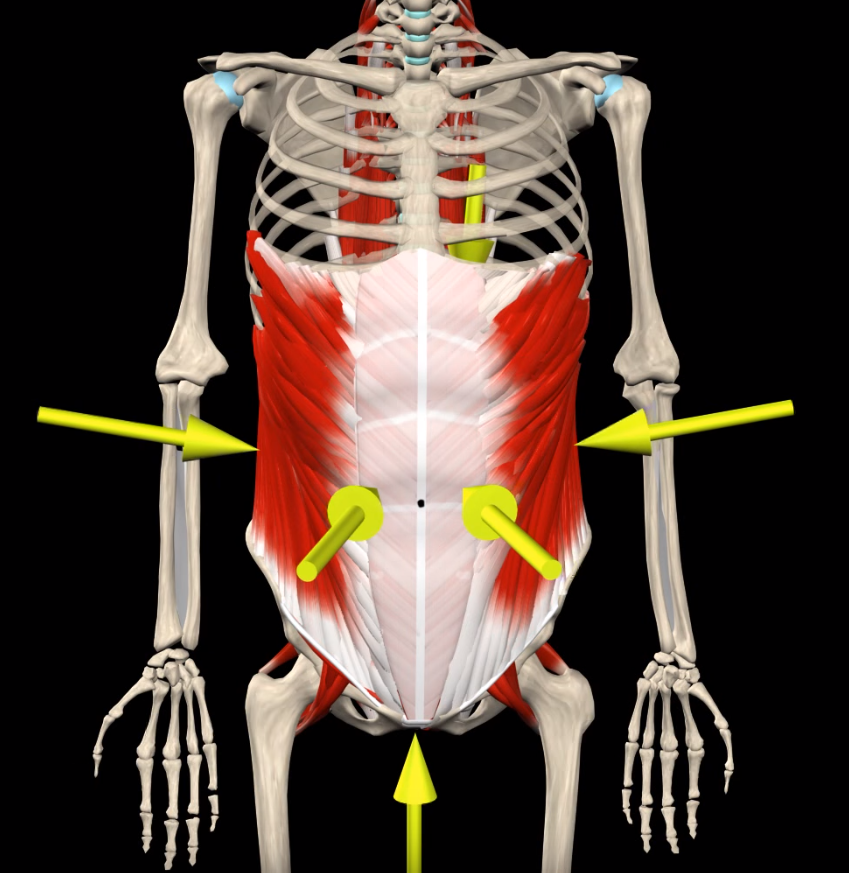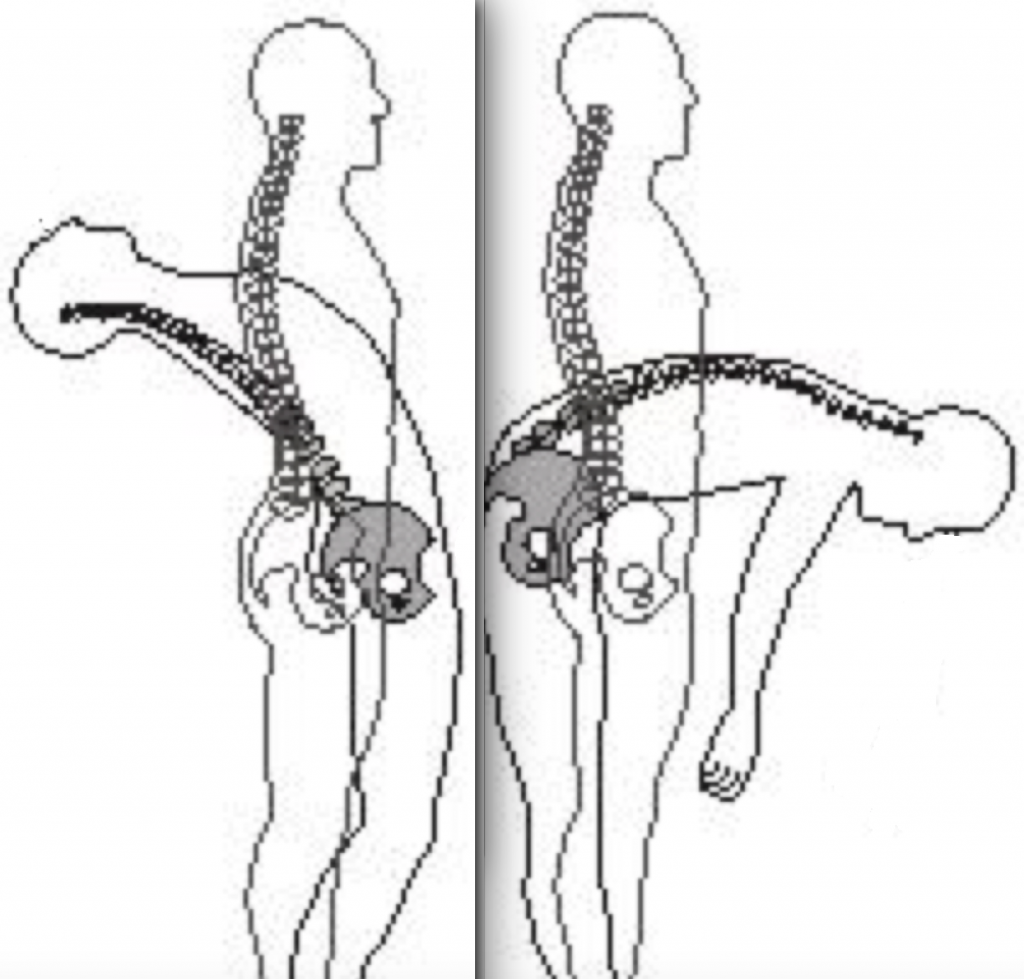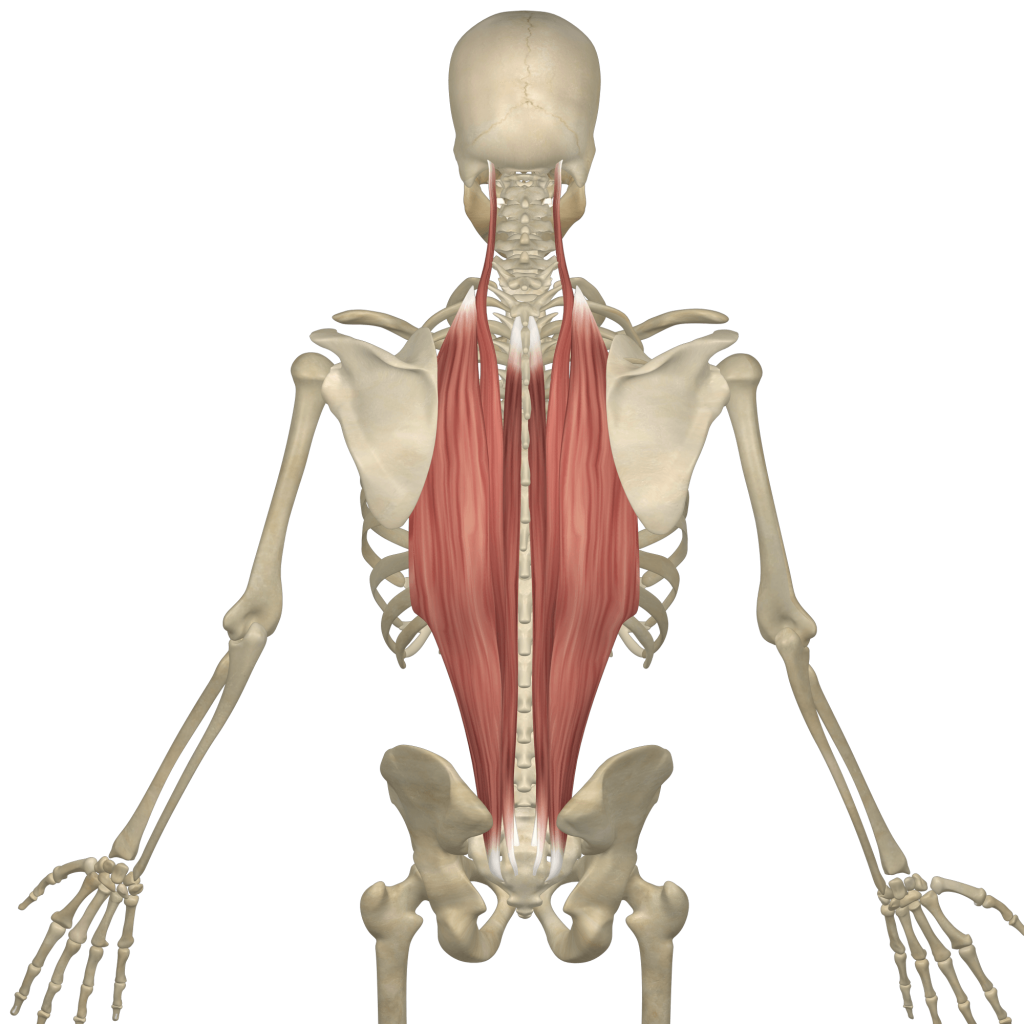Physiotherapy for back pain by a specialist physio or a chiropractor can really help treat complex issues like back pain.
If the lower back has been causing problems for you, you should first consult a physio near you or a sports physio near you. A chiropractor can also treat back pain through manipulations of your spine.
A typical physiotherapist or a chiropractor will run some tests to understand where the problem arises and then prescribe a physiotherapy exercise programme that can treat the back pain effectively.
You should know that pain is not always a bad thing! Pain is the body’s way to receive messages that there is a threat or something is wrong.
But having any kind of back pain is no fun, especially when you wake up in the morning knowing that you have a full day of work ahead of you.
Whether, your lower back feels tight often or occasionally, it’s important to listen to your body and take steps to loosen tension.
Tightness in your lower back may be accompanied by pain, spasms, and cramping. The pain often feels like a constant, dull ache, and your back may feel stiff, tense, and contracted. You may also feel tightness in your pelvis, hips, and legs.

When you consult a physiotherapist or a chiropractor in pune, they will start of by explaining how your spine functions. Your spine is designed to allow movement. It is also designed to help absorb and distribute forces from everyday activities.
The spine is made up of 33 small bones called vertebrae. Together, they form what is known as the vertebral column.
In this article we have put together some simple techniques used by a back pain physio or a sports physio to treat your back pain. These exercises can be added to your everyday wellness & prehabilitation programmes as well.
There are 3 simple spinal loosening exercises for treating back pain that you can quickly add to your home exercises

You can add very simple physiotherapy exercises like Abdominal Bracing to your daily programmes.
Abdominal bracing happens when you contract the muscles around your spine to create a rigid midsection,
For runners, using the abdominal bracing method to activate abdominal muscles can help support your lower back if you’re experiencing an excessive rocking motion in your pelvis while running

Here the physio or chiropractor will focus is on lengthening and extending the spine. This helps to relieve compression in the lower back.
Spinal extension is the opposite of spinal flexion, which is curling forward. In extension, the spine is bending backwards, recruiting the muscles that are responsible for standing, lifting objects, and overall spinal movement like twisting.
However, pushing your shoulders back to engage the trapezius muscles doesn’t come as easily as rounding them. Back extension is a movement that’s more limited and comes a lot less naturally. If you’re not combatting all of that arching and sitting hunched on your desk for hours with back extension exercises, you’re most likely going to wind up with an imbalanced body.

The erector spinae muscles comprise of the deep (intrinsic) muscles of the back. They extend on either side of the vertebral column.
The function of the spinal erectors is to move the vertebral column. Bilateral contraction of these muscles extends the spine, while unilateral contraction causes lateral flexion. They also help to maintain posture by steadying the spine on the pelvis during walking.
© All Rights Reserved OSR Sportsworks Consulting LLP